https://www.youtube.com/watch?v=kbw7lDO_kuY
How To Make A Sourdough Starter From Scratch • Tasty

Hey guys , it's Katie and today is a brand new day and I thought it would be really fun if I made my own starter for sourdough bread from scratch .
Let's call my friend Marissa who makes bread for a living and she's gonna help us figure this out .
Let's do it .
Hey , hello .
How are you ?
I'm great .
First question .
What is a starter ?
So a starter is just a mixture of flour and water and it's what you're eventually going to use to love in your sourdough bread .
I use a mix of 100 g of warm water , 50 g , whole wheat flour and 50 g of bread , flour .
I'm gonna mix it up and cover it with a lid .
Then I put a rubber band around the outside to mark movement .
You're looking for consistent rise and fall of the starter .
Let's walk through like what that first week is like ?
We're gonna check in on the starter .
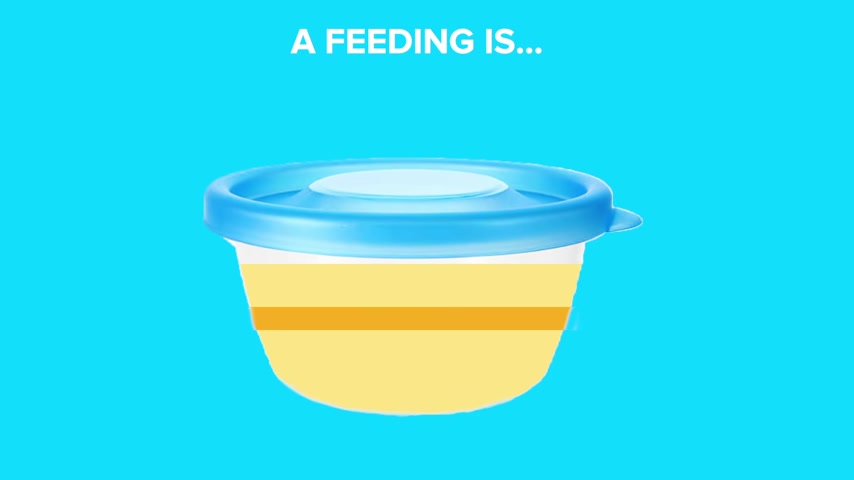
I'm gonna take a look at it and I'm gonna see if there are any signs of fermentation .
I'm looking for a sweet funky smell .
See if there are any air bubbles and if we're seeing those bubbles , we know , it's time to give it feeding .
If you still don't see those signs , you can wait another day .
The feeding is when we discard a lot of the starter from the container and we feed it fresh water and flour and that allows the colony of yeast to grow within the new flour and water .
Keep doing this process daily for about a week .
It's possible that it could take a little longer though , depending on your environment .
This is super helpful , Marisa .
I'm gonna get to it .
Get in it .
Awesome .
I'm excited and check in with me during the week .
If anything that I will check in with you , I , you know I'll need to .
Bye .
OK , after talking with Mersa , I'm gonna start my starter first .
I have a scale .
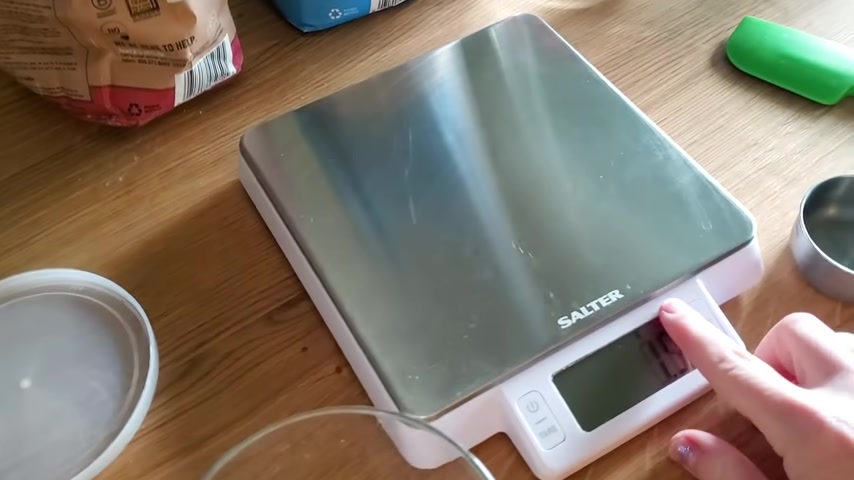
This is just gonna help you measure a lot of bread recipes are in as you can see grams or ounces .
A scale is awesome to have .
I've got a clear container that I'm gonna put it in .
Tear this .
So this goes to zero and then I have some wheat flour and I have some bread flour and some water .
Well , I'm gonna set this on my kitchen counter because it's pretty warm in my kitchen day one and done .
See you tomorrow .
It looks like it rose like up just a tiny bit .
Oh , you guys can see those bubbles that are going on there .
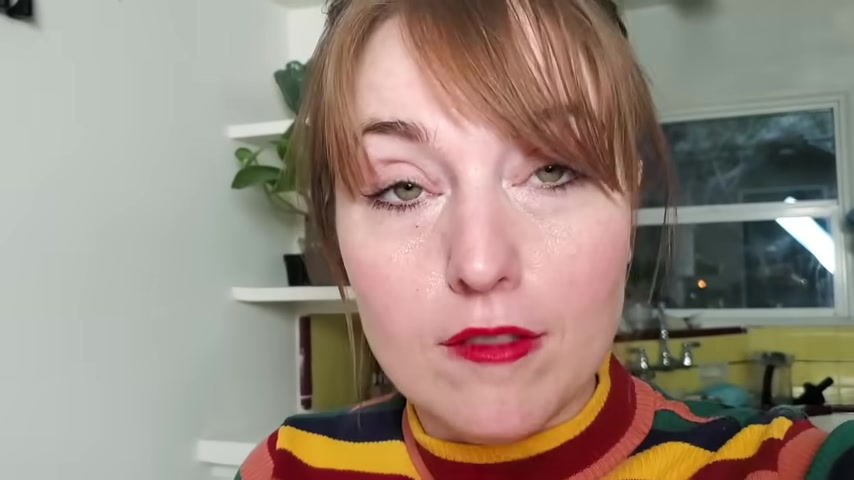
So definitely have some life .
It has a little bit of sweetness .
I definitely think like Marisa said , we should wait another day and check on it and we'll see you tomorrow .
Yeah , I just got out of the shower and I saw my starter and I'm pretty excited .
Take a look at it .
Oh , it's so alive .
It was pretty warm because I shot in my kitchen yesterday .
So I think that really helped look inside LA o who ?
All the bubbles .
So , since this is going strong , Marissa said we need to discard almost all of it .
We're gonna keep two tablespoons and I'm gonna give that 100 g of water and 100 g of flour .
And then with the disc card , you don't have to throw it away , you can cap it , put it in the fridge .
I'm gonna use it for pancakes tomorrow morning .
Bye day three .
Done .
Ok .
It's another morning and my starter has risen again .
Not quite as fluffy , but it looks like it came up .
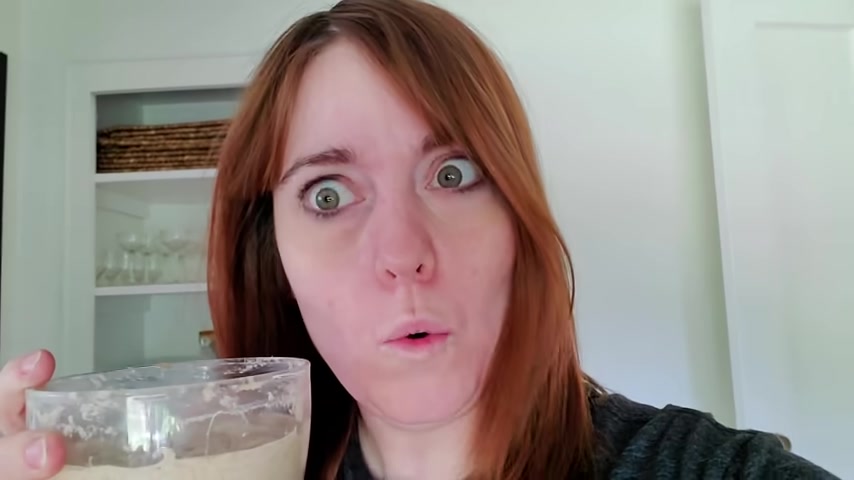
You can see that line right there and it kind of shrunk back down and there is a lot more bubbles .
Oh , definitely more sour smelling today .
Still sweet , but it's got more sour in there .
So I'm gonna discard all of this except two tablespoons again .
I'm gonna add 100 g of warm water , 100 g of flour and I'm gonna make pancakes with this discard and my discard from yesterday .
Who , how do you get it ?
More round Chris is filming my husband .
Show yourself .
Hey .
Oh , yeah .
All right .
Good .
Yeah .
What are you ?
Good for you .
Those are really good .
There might be more of like , um , I had whole wheat pancakes and they're kind of more like that .
It's really good .
I think they're great .
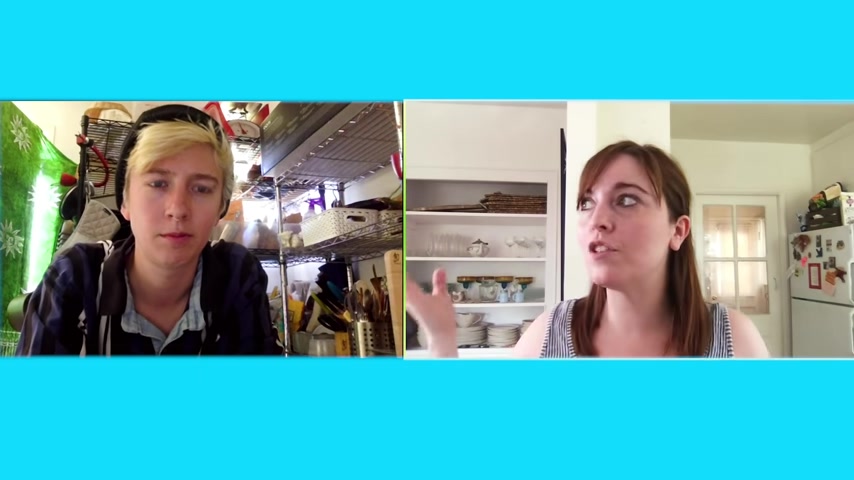
How's it going ?
It's going , I'm checking in because it's day five and I'm just not getting like , a lot of movement on my starter and I don't know if it's because it's so cold in my house right now .
Yeah , I think like you could wait for a little bit more bubbles on the top .
Um , those signs that we've talked about and then feed it , it , it will start to level out .
It's still really new and young and like burning the process .
Ok , great .
All right .
Well , I'll just keep , I'll keep going .
I'll keep observing it .
Ok .
Good luck .
Yay .
All right , bye .
Ok .
So it's day 75 and six .
I just left this guy alone .
Marisa said if it's not really rising that much , let it sit and do its thing before you feed it .
But now today on the seventh day it has a lot more action going on .
So I'm gonna discard most of it , especially because I let it sit for two days and then I'm gonna feed it again .
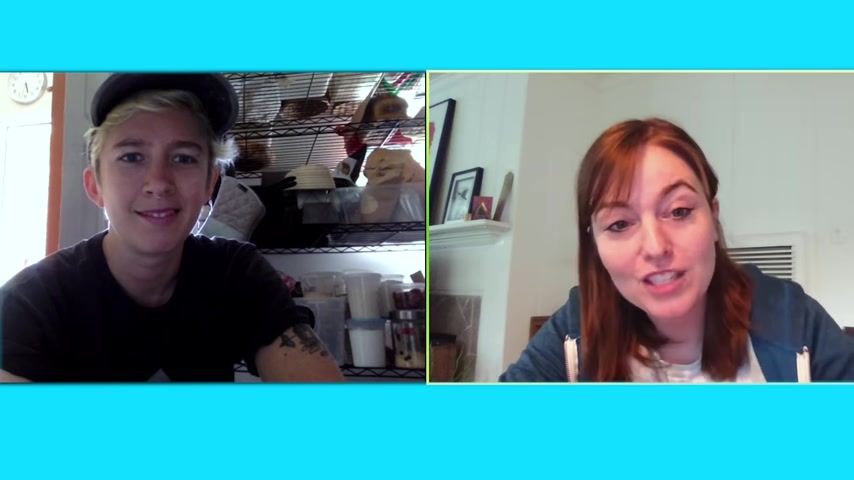
100 g of water and 100 g of flour .
And then I think that we're gonna have starter that I can make bread with like tomorrow .
Hey , everyone .
I know I said I'd be checking in with Marissa tomorrow , but I just , I had to show her my starter today because it basically doubled in size just so , you know , like day five and day six .
Like not much was happening .
There wasn't many bubbles on top today .
I had all these funky bubbles when I opened it up and then I fed it .
I mean that to me , it sounds like you're being intuitive like we can save feet every day .
But those first few days , like if you wanna let it go a little longer to see a little more of those signs of funkiness before feeding sounds like you did the right thing because look at it now , right ?
As long as you don't see any like black mold , if it's like a sludgy brown , black layer that's called Hooch and you can like , pour that out .
But if it , it's fuzzy at all black mold blue , unfortunately , you might have to start over it , but it , this , this is looking great .
Let's just try the float test .
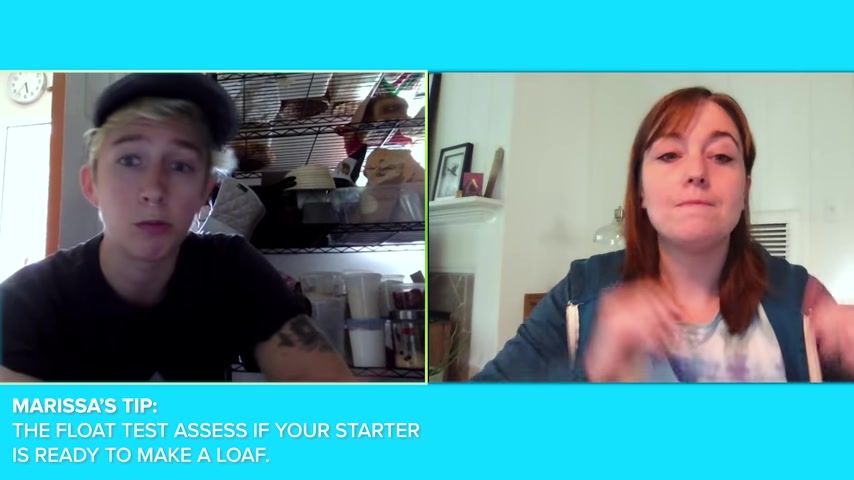
Get a cool cup of water and a spoon .
OK , on it .
I'll be right back for the float test .
You're gonna take a clean scoop of the starter and then you're gonna put it into the water and when I say clean scoop , it's just what you did .
We're , we're trying not to like stir it up because you want to see those bubbles .
Oh , it's so floating .
Marissa .
Oh my gosh .
Oh my gosh .
I wish I could be closer .
Oh , it's just kind of fun to do , but I don't wanna waste my starter .
What should we name this baby ?
The name Priscilla came into my house .
Oh , Priscila .
I love Priscilla .
This can definitely be Priscilla .
Do you think she'll be ready to like mix and make a loaf , like in a couple days ?
Yeah , I think we should give it a shot .
Let's say after you make that bread , you know , you're not gonna bake for a few weeks .
What I would do next is feed your starter and then put it in the refrigerator .
You can keep it there indefinitely , just feed it once a week , do a refresh .
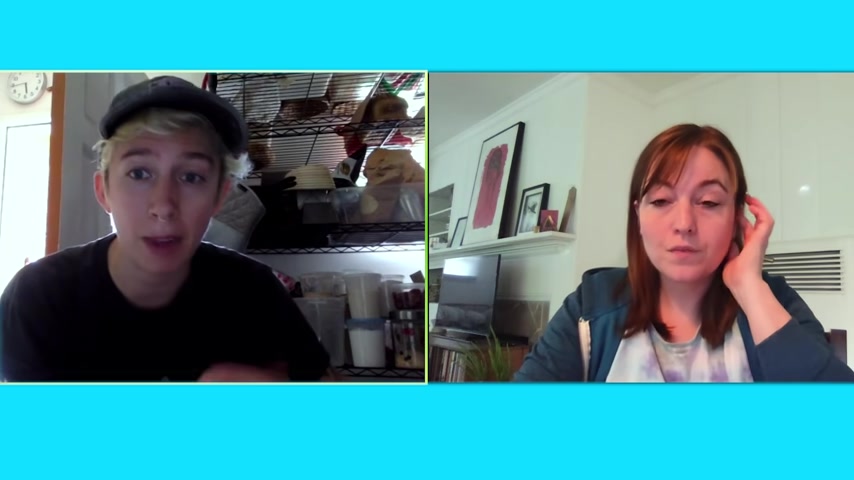
So final question .
If people walking , wanna make bread , when should they feed their starter ?
If you wanna mix your bread in the morning , you could feed it right before going to bed about eight hours .
If you wanna make dough in the evening , you could feed in the morning about eight hours .
You just need to make sure it passes the float time .
Marissa , this was so helpful .
Thank you so much .
I'm so proud of myself and Priscilla .
I hope you guys tried this at home .
If I can do it , you definitely can do it .
And if you guys have any more baking questions , hit Marisa up at Baker Buoy on Instagram .
And check out our bread making video when that comes out and make a loaf with us .
Peace and love , peace and love .
Peace and los .
All right .
Uh I'll see you later .
Bye .
Oh yes .
Are you looking for a way to reach a wider audience and get more views on your videos?
Our innovative video to text transcribing service can help you do just that.
We provide accurate transcriptions of your videos along with visual content that will help you attract new viewers and keep them engaged. Plus, our data analytics and ad campaign tools can help you monetize your content and maximize your revenue.
Let's partner up and take your video content to the next level!
Contact us today to learn more.